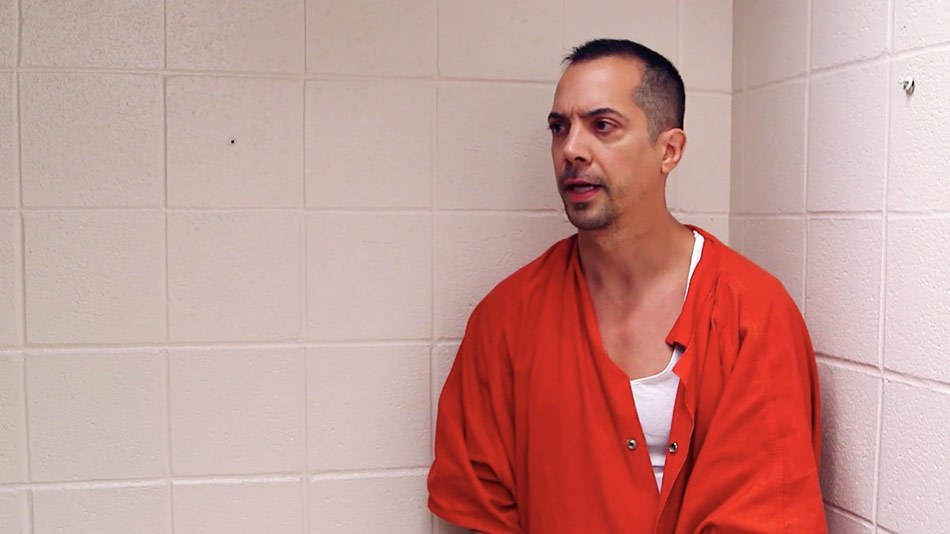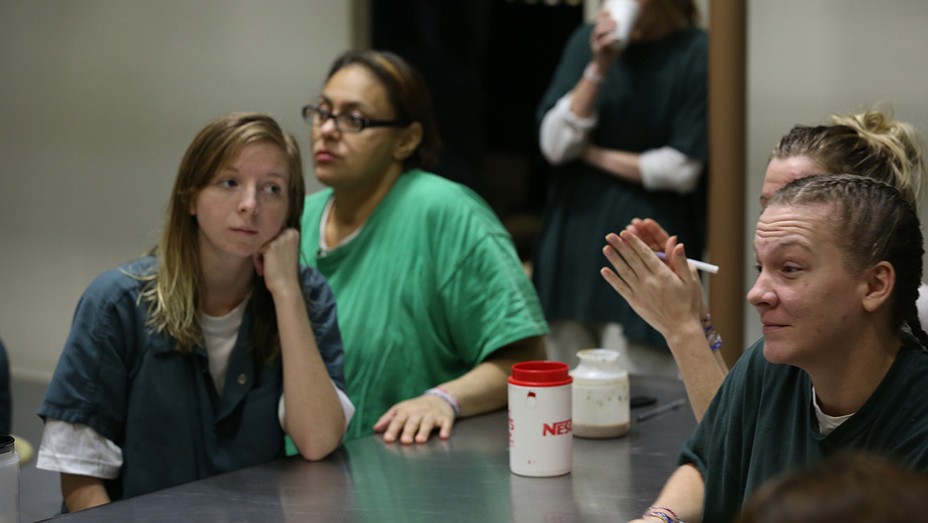’60 Days In’ has a unique premise that features jail administrators as they seek help from the public in order to remove rival gangs, drugs, and corruption from their prisons. Season 6 has Sheriff Jonathon W. Horton recruiting seven individuals to complete the task at hand at the Etowah County Detention Center in Alabama. We see them interacting with various inmates to learn more about how things like race fuelled politics and contraband work in prison.
However, at the end of the day, it falls on the reality TV spectrum. As such, its veracity is likely to be questioned by people, especially since the genre is known for spicing up a narrative to gain more views. But does ’60 Days In’ also tout its storyline for the audience, and do the participants get paid for their involvement? Here’s what we have uncovered.
How Much Do 60 Days In Participants Get Paid?
As per the latest reports, it seems that law-abiding citizens are monetarily compensated for their efforts. A Reddit user who worked in reality TV stated that the typical budget for a one-hour show on A&E is around $375,000 per episode. This takes care of things like the costs of the production offices, production crew, post-production, and location. If this person’s estimations are correct, then each participant will not be paid more than $3,000 for each episode.
Is 60 Days In Real or Scripted?
The show premiered in 2016, and the makers had acknowledged that it was not scripted. After all, there is a reason that this docuseries gained a massive fanbase in the past few years. Executive producer, Greg Henry, said that productions that focus on jails are usually biased depending on who is being interviewed. You either get the information from the viewpoint of the criminal or the corrections officer, both of whom (naturally) have conflicting visions.

It was for this reason that the show made use of the public: “We really wanted to figure out a show where the voices you heard would be you and me. They would be ordinary citizens… so we would get to see it from a truly unbiased perspective.” Interestingly, putting regular, law-abiding people behind bars is not illegal, and the contestants are booked under fake identities. Inside the prison, everyone is made to sign release forms as well.
Talking about the series’ intent and the rights of the prisoners, the producer recalled, “We had around 300 inmates who were willing to participate. We’re not coming out and deceiving anyone; we’re just telling them the doc is about first-timers, and that’s the place we landed where everyone felt comfortable.” However, Robert Holcomb, who was one of the participants, alleged that the series was edited heavily to influence the audience.
The school teacher stated, “The show was real, but the editing was fake. The inmates figured me out in two hours, and they treated me like gold. They were the nicest group of people I had been around my entire life.” Season 1, which took place at Clark County Jail, Indiana, saw the participant facing his own fair share of troubles. Despite his training, Robert was soon thrust into suspicion in the eyes of the other inmates as they poked holes in his cover story. So he put a towel on a camera, a major infraction, and secured his life with a one-month stint in solitary.
Needless to say, this antic essentially meant that Robert could no longer contribute to solving any of the issues that the jail was facing. (We’d even go as far as to say that he was one of the most controversial figures ever seen on the show). But the production team couldn’t simply pull him out of the facility as that would raise a lot of questions. Henry explained, “This is the part of the show where there are rules, there (are) regulations, and they have to be followed, if anybody appears to be receiving favoritism, or if somebody has doubts, it raises questions. That speaks to the authenticity of this whole program.”
However, Robert felt that his fellow inmates were portrayed in the wrong light by the team of ’60 Days In.’ He stated, “They tried to make it look like I was going to be attacked. The show made inmates look like animals; in reality, they were kind human beings suffering from drug problems. When you watch the show, you get the feeling (that) inmates are bad people and you should be scared to go to jail. In reality, many are respectable people who made poor decisions.”
In season 5, Brooke was one of the seven people chosen to highlight the inner workings of the aforementioned prison in Arizona. However, unlike the other participants, she was booked under her real name despite being a fake inmate. Dan Barr, an attorney who specializes in public records law, spoke about the fiasco – “Maybe they should go back to being police officers and get out of the entertainment business.” (Andy Howell, PinalCentral Assistant Managing Editor, stated that they would remove the mugshot from their website).
Evidently, ’60 Days In’ does seek to highlight the nuances and functioning of a prison. However, many have also criticized it for the seemingly false portrayals of inmates. Those who follow the series regularly have discussed this misrepresentation and the intention behind it. As it still is reality TV, we’d suggest following the narrative with a pinch of salt, especially since such series are known to zhuzh up the stories to make them more appealing.
Read More: Where is 60 Days In Season 6 Filmed?


You must be logged in to post a comment.